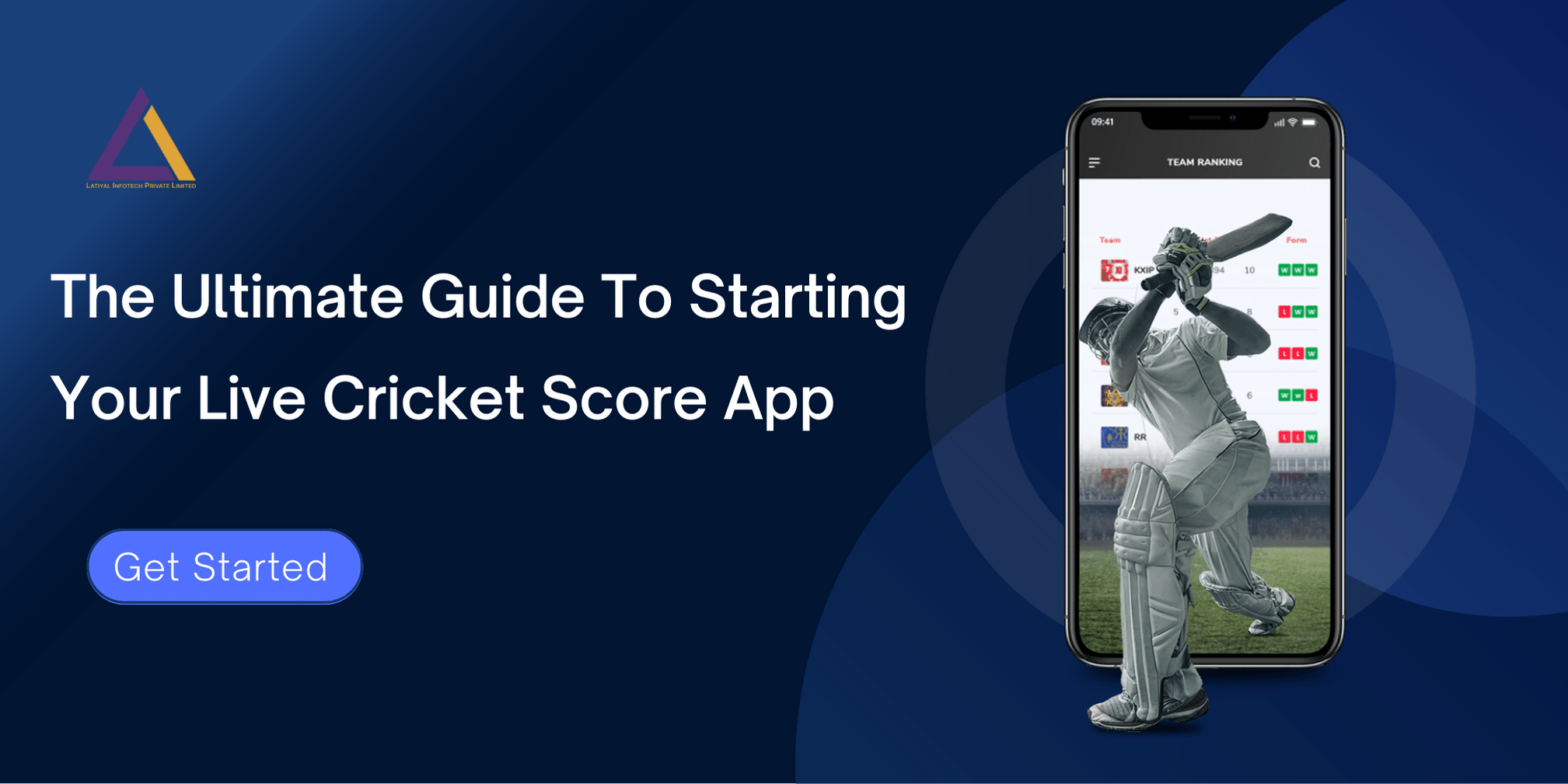Cricket is a sport that is played and enjoyed by millions of people around the world. With the rise of smartphones and mobile technology, the demand for real-time cricket scores and updates has also increased. If you are passionate about cricket and want to start your own live cricket score app, then this ultimate guide is for you.
Cricket Score App Market Statistics
The cricket score app market is a highly competitive and rapidly growing industry. Here are some statistics that highlight the market size and growth potential of cricket score apps:
- The global sports app market was valued at $17.9 billion in 2020 and is projected to reach $27.6 billion by 2025, growing at a CAGR of 9.0% during the forecast period (source: MarketsandMarkets).
- Cricket is one of the most popular sports in the world, with an estimated 2.5 billion fans globally (source: ICC).
- The Indian Premier League (IPL) is one of the most-watched cricket leagues in the world, with a viewership of over 462 million in 2020 (source: BARC India).
- In 2020, the top five cricket score apps in India had a total of over 100 million downloads (source: Sensor Tower).
- The COVID-19 pandemic has further accelerated the growth of the sports app market, as more people are turning to digital platforms to stay connected with sports events and updates (source: Technavio).
- The increasing adoption of smartphones and mobile internet is also driving the growth of the sports app market, as users can access real-time updates and scores on their mobile devices (source: Statista).
Overall, the cricket score app market is a lucrative industry with significant growth potential, driven by factors such as the popularity of cricket, the rise of digital platforms, and the impact of the COVID-19 pandemic. As the market becomes more competitive, app developers will need to focus on offering unique features and user experiences to stand out from the competition.
Step 1: Define Your Goals and Objectives
Before you start building your app, it's essential to define your goals and objectives. You should be clear about the purpose of your app, target audience, features you want to include, and revenue model. This will help you create a roadmap for your app development process.
Step 2: Choose a Development Platform
The next step is to choose a development platform. You can either opt for native app development or cross-platform app development. Native app development offers better performance and a more customized user experience but is expensive and time-consuming. Cross-platform app development, on the other hand, is more cost-effective and faster but may not provide the same level of performance as native apps.
Step 3: Decide on App Features
Once you have selected the development platform, it's time to decide on the app features. Some of the essential features that you should consider are:
- Live Scores: Your app should provide real-time updates on scores, wickets, and other important statistics.
- Schedule and Fixtures: Users should be able to view upcoming matches, team schedules, and fixtures.
- News and Updates: Your app should provide the latest news, updates, and analysis related to cricket matches and teams.
- Notifications: Users should receive push notifications for live scores, match updates, and breaking news.
- Scorecards and Statistics: Your app should allow users to view detailed scorecards, player statistics, and team rankings.
- Social Media Integration: Your app should allow users to share scores, updates, and news on social media platforms.
- In-App Purchases: You can monetize your app by offering premium features or content for a fee.
Step 4: Design and Development
Once you have finalized the app features, it's time to design and develop your app. The design should be user-friendly and intuitive, with a focus on providing a seamless user experience. The app should be optimized for different devices and screen sizes.
Step 5: Testing and Launch
After the app development process is complete, it's time to test your app thoroughly. Make sure that the app is bug-free and all the features are working correctly. You can also get feedback from beta testers to improve the app's user experience.
Once you are satisfied with the app's performance, it's time to launch it on app stores. You should also promote your app on social media platforms, blogs, and other relevant channels to reach your target audience.
Step 6: Maintenance and Updates
Your work does not end after the app launch. You should regularly update your app with new features, bug fixes, and security updates. This will help you retain your existing users and attract new ones.
Also read: How much does it cost to develop a sports betting app?
Types of Cricket Score Apps You Can Build
There are various types of cricket score apps that you can build, depending on your goals, target audience, and features. Here are some of the most popular types of cricket score apps:
- Live Scores App: A live scores app provides real-time updates on cricket scores, wickets, and other statistics. Users can follow their favorite teams and players and receive push notifications for live score updates.
- Fantasy Cricket App: A fantasy cricket app allows users to create their own virtual cricket teams and compete with other users. Users can earn points based on their team's performance in real-life matches.
- News and Updates App: A news and updates app provides the latest news, updates, and analysis related to cricket matches, teams, and players. Users can read articles, watch videos, and share content on social media platforms.
- Cricket Coaching App: A cricket coaching app provides training videos, drills, and coaching tips for players of all levels. Users can improve their skills, track their progress, and connect with coaches and trainers.
- Betting App: A cricket betting app allows users to place bets on cricket matches and events. Users can earn money by predicting the outcome of matches and tournaments.
- Scorecards and Statistics App: A scorecards and statistics app provides detailed scorecards, player statistics, and team rankings for cricket matches and tournaments. Users can view historical data and analyze trends and patterns.
- Social Media App: A social media app allows users to connect with other cricket fans, share content, and participate in discussions and forums. Users can follow their favorite players and teams and engage with other users in real-time.









